Docker vs Kubernetes: Detailed Comparison
Overview
In the ever-evolving landscape of modern software development, containerization has emerged as a game-changing technology. Containers offer a lightweight and portable solution to package applications and their dependencies, ensuring seamless deployment across various environments.
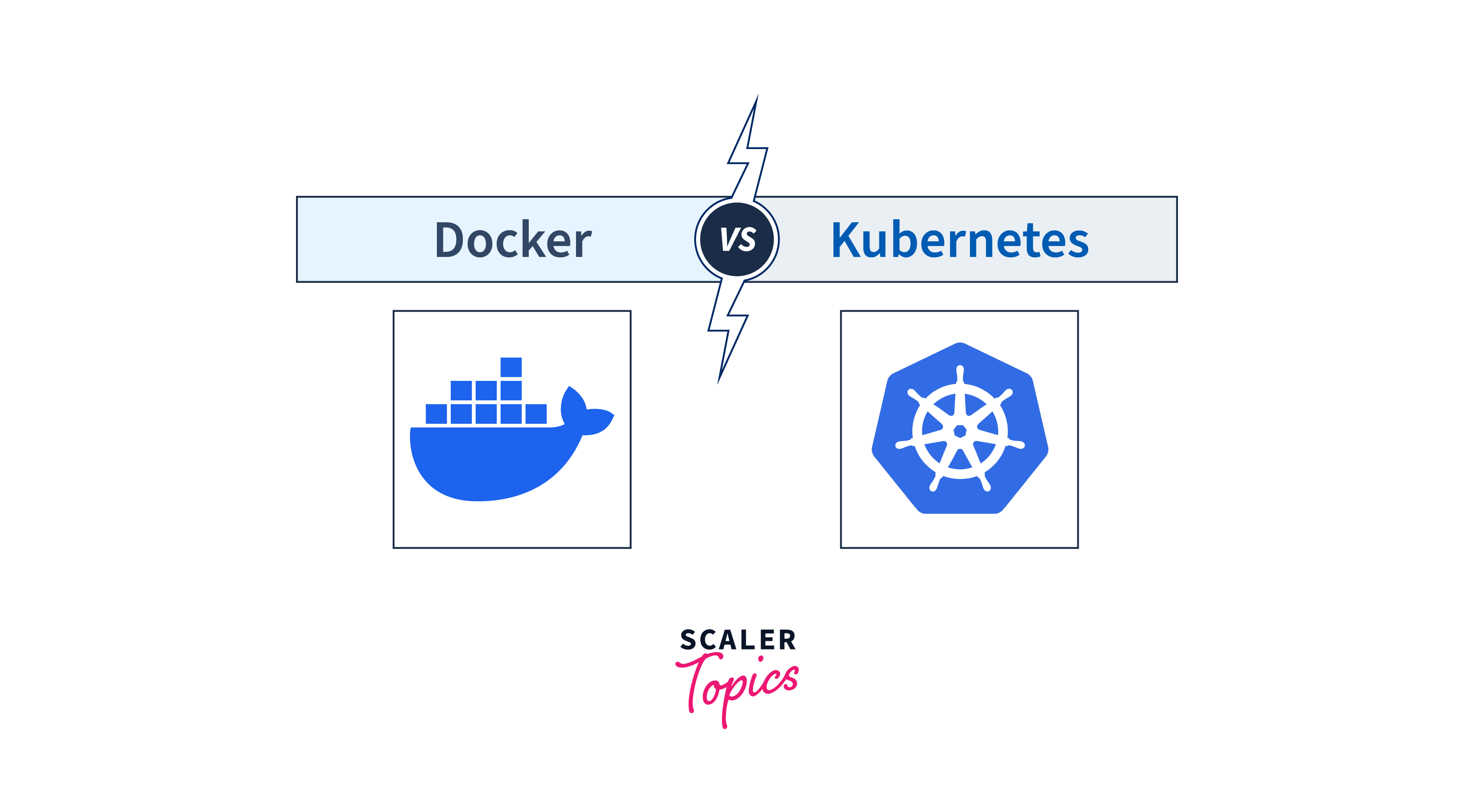
At the forefront of containerization, we find two powerful tools: Docker vs Kubernetes. Docker simplifies the process of creating and managing containers, while Kubernetes takes container orchestration to the next level, enabling scalable and automated deployment.
In this article, we will explore the significance of containers, understand the role of Docker in simplifying container management, and discover how Kubernetes takes containerization to the next level by orchestrating containerized applications.
Prerequisites
Before diving into the world of Docker vs Kubernetes, it's essential to understand the fundamental components that make containerization and orchestration possible. Kubernetes is compatible with various container runtimes, which are responsible for managing containers and their lifecycle. Some of them are:
- Docker:
Docker is a widely-used containerization platform that allows developers to package applications and their dependencies into portable containers. - Containerd:
Containerd is an industry-standard container runtime, designed to be lightweight and reliable, making it a popular choice for Kubernetes. - CRI-O:
CRI-O is an open-source implementation of the Kubernetes Container Runtime Interface (CRI) that enables the usage of OCI (Open Container Initiative) compatible runtimes. - Mirantis Container Runtime:
Mirantis Container Runtime (MCR) is another Kubernetes-supported container runtime that offers stability and performance for managing containers at scale.
What is Kubernetes?
Kubernetes, commonly known as K8s, is a powerful and open-source container orchestration system developed by Google using the Go programming language. The open-source container orchestration technology known as Kubernetes, sometimes referred to as "K8s", enables the automated deployment, scaling, and administration of containerized applications. Initially created by Google and then donated to the Cloud Native Computing Foundation (CNCF), Kubernetes has rapidly established itself as the industry standard for efficiently managing containerized workloads and services.
Key Features of Kubernetes
Kubernetes comes equipped with an impressive array of features that contribute to its popularity among developers and IT teams:
- Automated Container Orchestration:
Kubernetes takes the manual burden out of deploying and managing containers. It automatically schedules containers across the cluster, considering resource availability and constraints. - Declarative Configuration:
With Kubernetes, you can define the desired state of your application using declarative YAML manifests. Kubernetes ensures that the actual state matches the defined state, facilitating easy application configuration. - Horizontal Scaling:
Kubernetes allows you to scale your application horizontally by adding or removing replicas of containers based on workload demands. This elasticity ensures optimal resource utilization and high availability. - Service Discovery and Load Balancing:
Kubernetes provides an internal DNS system that allows containers to discover and communicate with other services by their names. It also includes built-in load balancing to distribute traffic across container replicas.
Advantages of Kubernetes
Kubernetes offers numerous advantages that empower organizations to build and deploy applications with confidence:
- Enhanced Scalability and Resource Efficiency
- High Availability and Reliability
- Ecosystem and Community Support
- Vendor-Neutral and Portable
Disadvantages of Kubernetes
Despite its strengths, Kubernetes does come with certain challenges that organizations need to be aware of:
- Complexity and Learning Curve
- Cluster Management Overhead
- Security and Network Complexity
- Resource Requirements
What is Docker?
Docker is a powerful platform used for containerizing software applications, and streamlining the development and deployment process. With Docker, developers can package their applications along with all necessary dependencies into lightweight and portable containers.
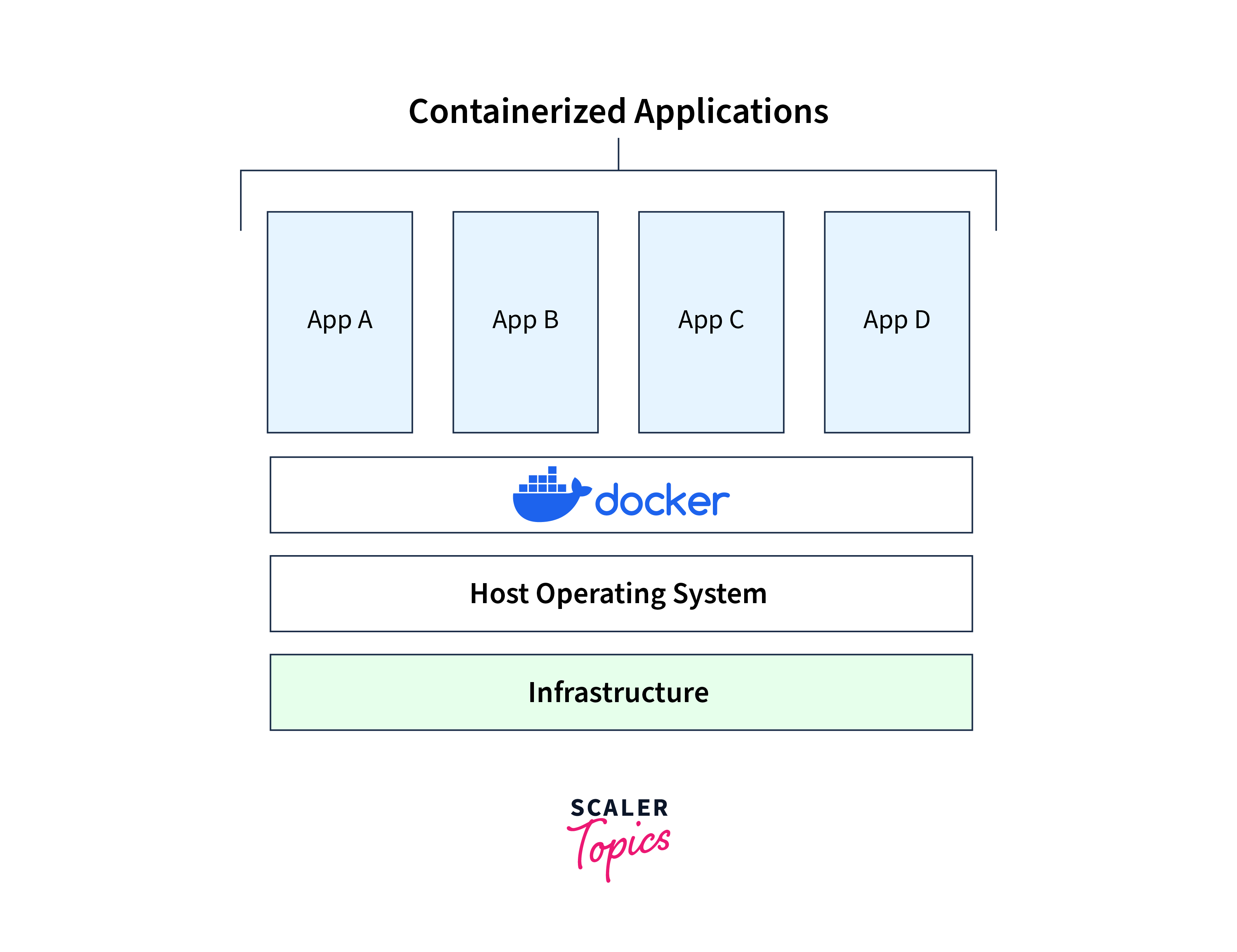
These containers can then be easily shared and run on various machines, regardless of the underlying infrastructure.
Key Features
Docker boasts several key features that make it a popular choice for software development and deployment:
- Easy Configuration:
Docker provides a straightforward way to deploy code in different environments, reducing the time and effort required for configuration. It decouples the infrastructure from the application environment, enabling faster and more efficient system setups. - Built-in Security Management:
Docker includes robust security features, such as the ability to save secrets within the swarm and control access to services. It allows users to manage secrets securely while maintaining control over who can access them. - Services for Container Orchestration:
Docker Services allow the specification of a list of tasks representing container instances within a cluster. Services like Docker Swarm (deprecated) schedule these tasks across multiple nodes, ensuring efficient management and orchestration of containers. - Enhanced Productivity:
Docker significantly boosts productivity by simplifying technical configuration and rapid application deployment. It not only facilitates execution in an isolated environment but also optimizes resource utilization, leading to improved efficiency.
Advantages
Docker brings numerous advantages to the software development and deployment process:
- Build Once, Run Anywhere
- Environment Consistency
- Platform Agnostic
- Built-in Version Control
Limitations
- Missing Features
- Data Management Complexity
- Limited Support for Graphical Apps
- Limited Applicability
Docker vs Kubernetes
When deciding between Kubernetes and Docker, understanding their respective strengths and use cases can guide your choice.
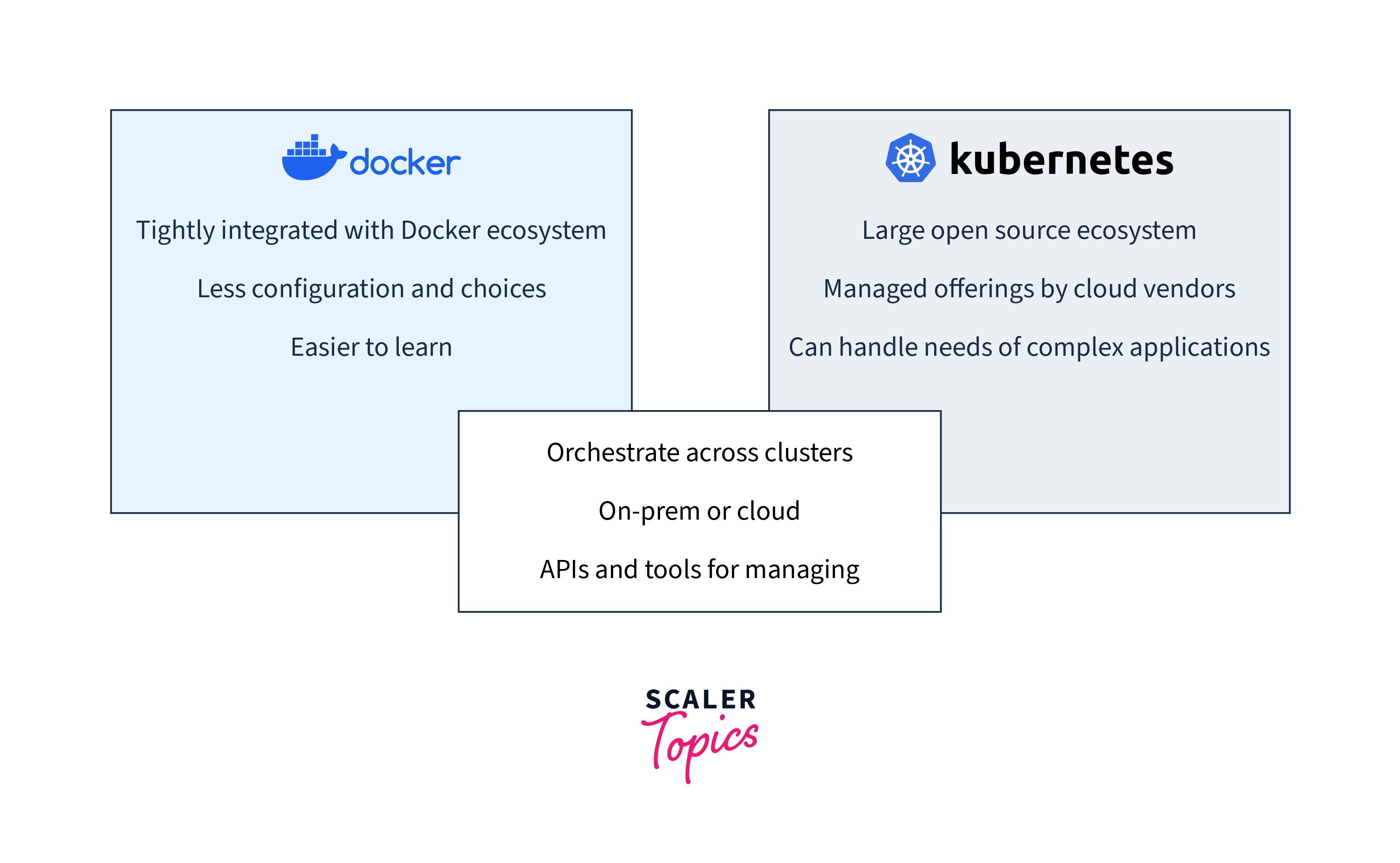
Docker: Simplified Containerization
Docker offers a straightforward approach to containerization with minimal setup and configuration. Deploying applications using YAML files allows for automatic state management, load balancing among containers, and built-in security and access control.
For less complex workloads or when simplicity is a priority, Docker Swarm, a container orchestration tool by Docker, can be an appropriate option, even though Docker Swarm has become deprecated and Kubernetes has become the staple service for container orchestration.
Kubernetes: Powerful Orchestration and Management
The main benefit that Kubernetes offers is being able to manage multiple containerized applications spread across multiple VMs. Even though it requires a more involved initial setup, it offers an array of powerful features and functionalities. It excels in managing network ingress, providing observability, and orchestrating complex applications.
Docker is well-suited for straightforward containerization needs and lighter workloads, while Kubernetes shines in managing complex applications, providing advanced networking, and scaling capabilities. Assessing your specific project requirements and desired functionalities will help determine whether Docker vs Kubernetes is the best fit for your use case.
How to Use Kubernetes with Docker?
Kubernetes, a powerful container orchestration system, complements Docker, enhancing container management and orchestration capabilities. The combination of Kubernetes with Docker offers several advantages, streamlining container workflows and providing an efficient environment for developers and operators.
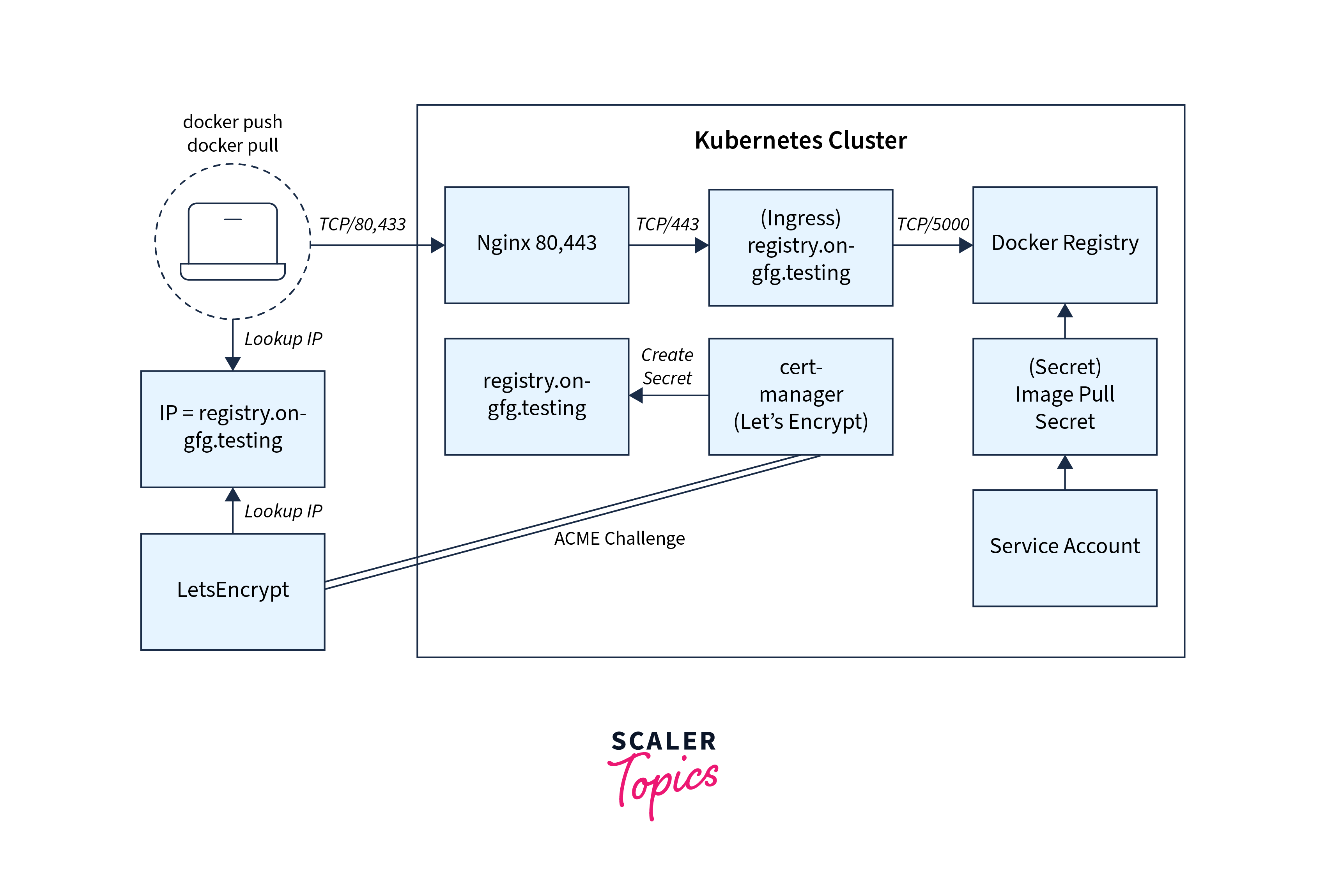
Kubernetes simplifies container operations by providing an intuitive interface for viewing and managing Docker containers. With real-time insights into container status, resource usage, and logs, users can monitor and troubleshoot containers seamlessly. Its efficient container navigation features enable quick searches, filters, and sorting based on specific criteria, making it easy to locate and interact with the desired containers.
Kubernetes seamlessly integrates with Docker, making it an ideal tool for users working in a mixed container environment. By bridging the gap between Docker and Kubernetes, the integration facilitates efficient container management across both platforms, providing a unified experience for users.
Efficient multi-container management is another advantage of Kubernetes. Users can easily manage multiple containers simultaneously, streamlining container group operations. This capability is especially beneficial for applications running as microservices, where managing multiple containers is commonplace.
Which One to Choose?
When faced with the decision between Docker and Kubernetes as container orchestration platforms, several factors need consideration to make an informed choice.
Docker offers a simpler setup and configuration compared to Kubernetes, particularly if you are building and managing your infrastructure. It provides similar benefits to Kubernetes, including the ability to deploy applications using declarative YAML files, automatic scaling of services based on desired states, load balancing across containers in the cluster, and security and access control for services. For scenarios where you have a few workloads, prefer self-management of infrastructure, or don't require specific Kubernetes features, Docker Swarm (deprecated) can be a viable and efficient choice.
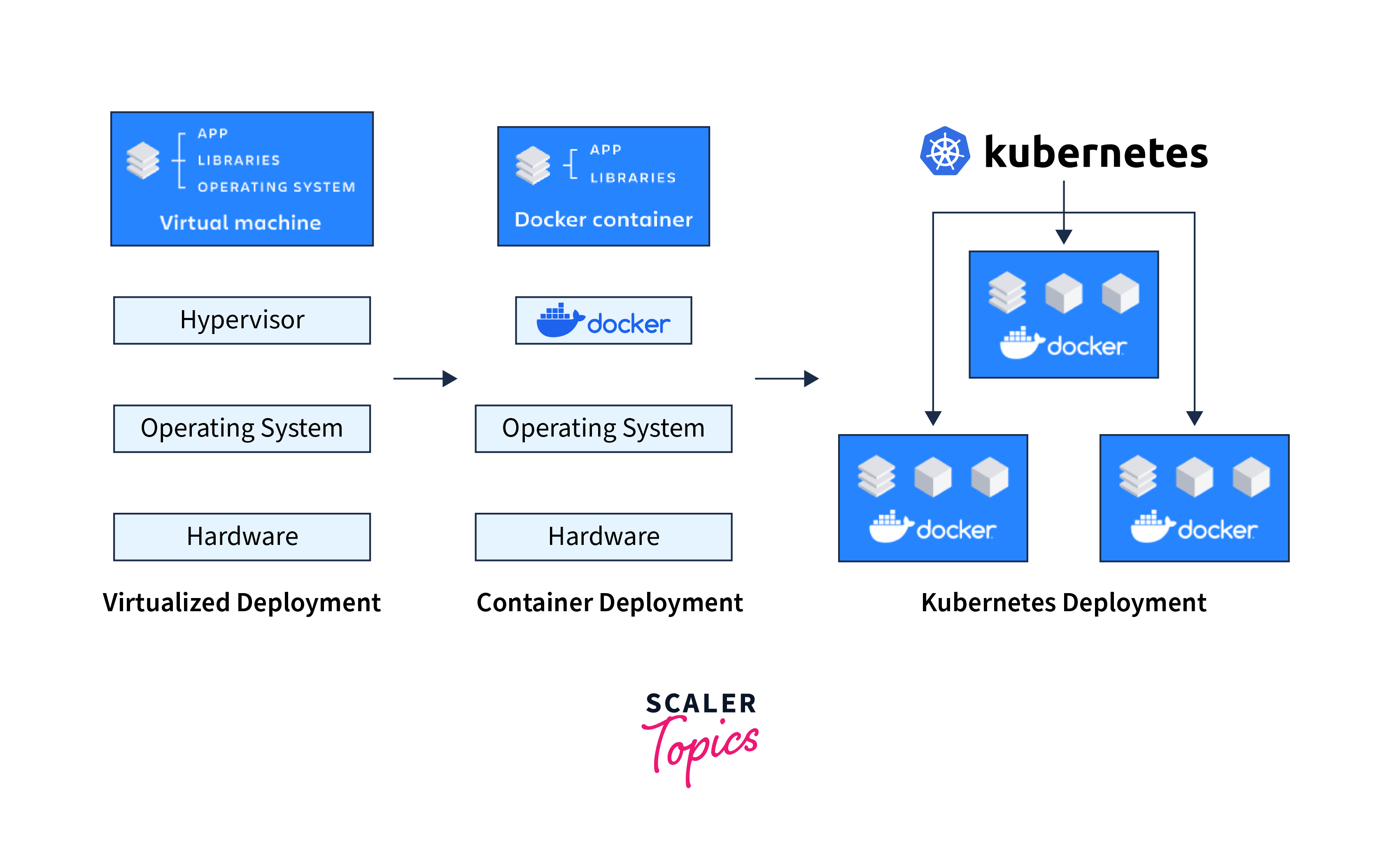
On the other hand, Kubernetes, while more complex to set up initially, presents enhanced flexibility and a broader range of features. It enjoys robust support from an active open-source community. Kubernetes offers various deployment strategies out of the box, comprehensive network ingress management, and built-in observability for containers. Major cloud providers also offer managed Kubernetes services, simplifying adoption and providing access to cloud-native features like auto-scaling.
In conclusion, when choosing between Docker and Kubernetes, consider factors such as the scale of your workloads, the need for cloud-native integration, the level of infrastructure management desired, and the specific features demanded.
FAQs
Q. What is the main difference between Docker and Kubernetes?
A. Docker is primarily a platform for containerization, allowing you to package applications along with their dependencies into lightweight containers. On the other hand, Kubernetes is a powerful container orchestration system that manages and automates the deployment, scaling, and management of containerized applications across various environments.
Q. Which platform is more suitable for simple containerization needs?
A. For straightforward containerization needs and lighter workloads, Docker is a smart choice. It offers a simple setup and configuration, making it easy to deploy and manage applications in different environments.
Q. How does Kubernetes enhance container management compared to Docker Swarm?
A. Kubernetes provides greater flexibility and features compared to Docker Swarm. It supports multiple deployment strategies, offers network ingress management, and has built-in observability for containers. Additionally, Kubernetes benefits from active open-source community support and can be effectively integrated with cloud-native features like auto-scaling.
Conclusion
- Docker and Kubernetes are powerful tools for containerization and orchestration, catering to different needs based on complexity and scalability requirements.
- Docker simplifies container management and is well-suited for lighter workloads, while Kubernetes offers advanced features and flexibility for complex applications.
- Understanding the prerequisites and key features of both Docker and Kubernetes helps in making an informed choice for your containerized applications.
- Integrating Kubernetes with Docker enhances container workflows, providing seamless container navigation, improved resource management, and secure access control.
- K8s serves as a valuable addition to Docker, streamlining container operations and offering real-time insights for better container management.
- Ultimately, Docker vs Kubernetes depends on your specific project demands, infrastructure setup, and the level of container orchestration required.
